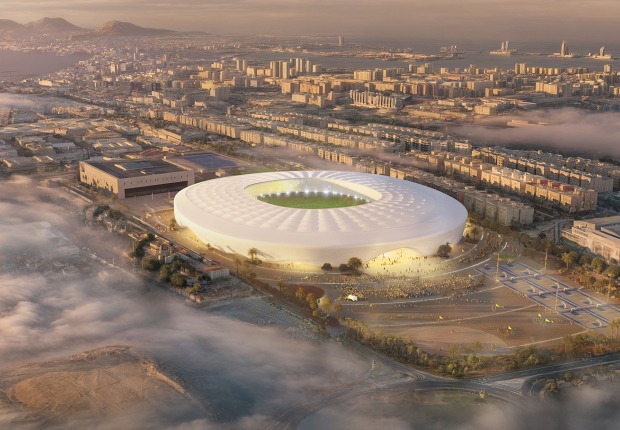Kazuyo Sejima. Architect. Born 1956 in Ibaraki prefecture, Japan. Master’s in Architecture, Japan Women’s University in 1981. Worked in office of Toyo Ito before founding her own studio in Tokyo, Kazuyo Sejima and Associates in 1987. Founded SANAA with Ryue Nishizawa in 1995. She is currently a professor at the Polytechnic University of Milan, a visiting professor at Japan Women’s University and Osaka University of Arts, an Emeritus Professor at Yokohama National University, and Director of Tokyo Metropolitan Teien Art Museum.
Her own works include House in Plum Grove, Inujima “Art House Project,” and Japan Women’s University Mejiro Campus. SANAA’s main works include the 21st Century Museum of Contemporary Art in Kanazawa, the Glass Pavilion at the Toledo Museum of Art; the De Kunstlinie Theater and Cultural Center in Almere, the Rolex Learning Center, LouvreLens Museum, Grace Farms, Bocconi University New Urban Campus, La Samaritaine, Art Gallery of New South Wales Expansion — Naala Badu Building, and Edward and Joyce Linde Music Building W18, Cambridge, USA, 2024.
In 2010, Kazuyo Sejima was appointed director of the 12th International Architecture Exhibition of the Venice Biennale.
Awards won by SANAA include the Arnold Brunner Memorial Medal of the American Academy of Arts and Letters (2002), the Golden Lion at the 9th International Architecture Exhibition of the Venice Biennale (2004), a design prize from the Architectural Institute of Japan (2006), the Kunstpreis Berlin from the Berlin Academy of Arts (2007), and the Pritzker Architecture Prize (2010). Japan Architecture Award, Rolf Schock Prize in Category of Visual Arts, Officier de l’Ordre des Arts et des Lettres, Prix de l’Équerre d’Argent, the Medal with Purple Ribbon, Thomas Jefferson Medal, Praemium Imperiale, and the 2025 Royal Gold Medal by the Royal Institute of British Architects.












































